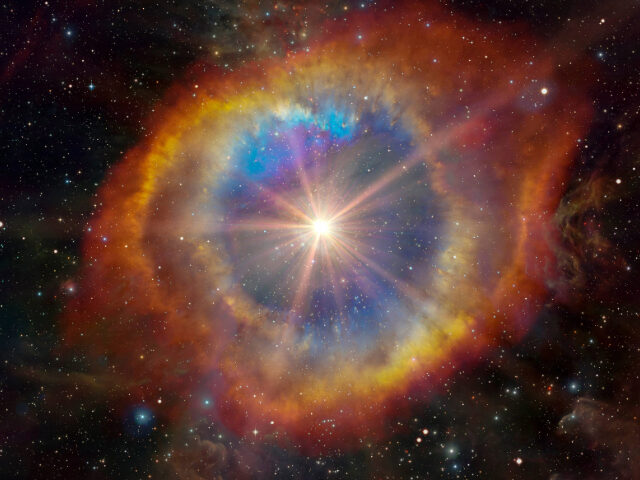A “once-in-a-lifetime” cosmic event that may “fuel the next generation of scientists” is set to occur anytime between June and September, astronomers have predicted.
A bright nova — an explosion from a collapsed star known as a white dwarf — occurs in the Milky Way’s Corona Borealis constellation’s “Blaze Star” about every 80 years, according to NASA.
The constellation, also known as the Northern Crown, is home to T Coronae Borealis, which was nicknamed the Blaze Star for its recurring bright light.
“It’s a once-in-a-lifetime event that will create a lot of new astronomers out there, giving young people a cosmic event they can observe for themselves, ask their own questions, and collect their own data,” said NASA’s Dr. Rebekah Hounsell. “It’ll fuel the next generation of scientists.”
Hounsell, an assistant research scientist specializing in nova events at the space agency’s Goddard Space Flight Center in Maryland, noted that astronomers do not “typically” see a repeated outburst in a human lifetime “and rarely one so relatively close to our own system.”
“It’s incredibly exciting to have this front-row seat,” she added.
According to William J. Cooke from NASA’s Meteoroid Environments Office, the Blaze Star is one of just ten recurrent novae in the galaxy. Its last eruption was in 1946 — the year of the first United Nations meeting.
“Most novae happen unexpectedly, without warning,” Cooke said in a statement to ABC7, explaining that the star will get dimmer before rapidly increasing in brightness.
“T Coronae Borealis began to dim in March of last year, so some researchers are expecting it to go nova between now and September,” the researcher said. “But the uncertainty as to when this will happen is several months — can’t do better than that with what we know now.”
The nova was first recorded in 1217 by a German monk named Abbott Burchard, according to NASA.

COMMENTS
Please let us know if you're having issues with commenting.